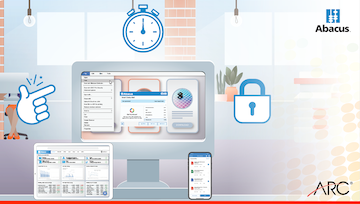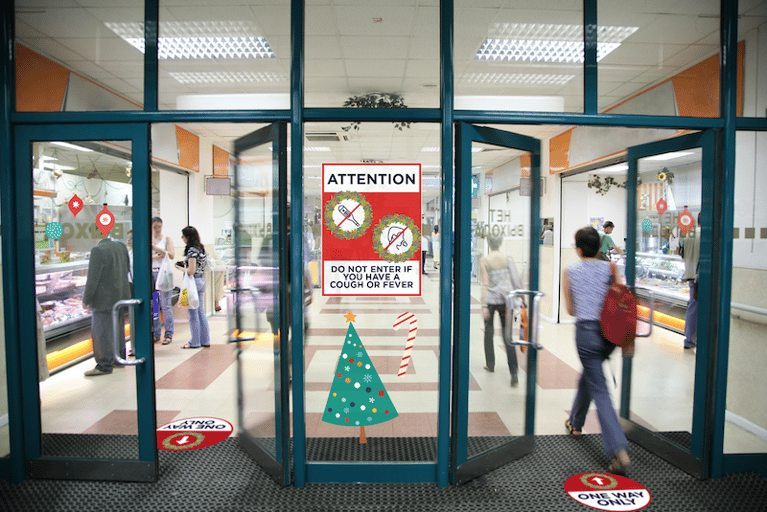When it’s done wrong, construction document management results in costly rework, cost overruns and schedule delays.
Research shows that for every $1 million in value, the average project will have 15-20 RFIs. The administrative and technical tasks required to review, research and respond to just one RFI takes a combined eight hours of labor and bears an alarming price tag of $1,080.
In other words, if the value of your project is ten million or more, RFIs alone are costing you hundreds of thousands of dollars.
But that’s just RFIs. The underlying problem is unorganized construction documents, and that problem costs you money and time at every stage of the project lifecycle.
Many of your competitors are likely experiencing these same challenges, so if you can find a solution, it will represent a significant advantage resulting in reduced costs and help you win more projects when you showcase your use of technology to mitigate project risks.
An Introduction to The Impact of Linking
Because every construction project relies on information from so many different disciplines, connecting information from all of these team members in a useful way is extremely difficult. Linking makes it easy.
Links, in the context of construction, are no different—from a functional perspective—than links on any webpage.
With links, instead of having to digitally flip through pages and pages of construction drawings, spec books, RFIs or even submittals to find details on specific construction information, you can just drill down to any detail you want by clicking a link. Moreover, sophisticated auto-linking software helps to identify and link related information while also flagging missing information that can be summarized in a discrepancy log that helps to mitigate design or construction documentation defects.
Beyond what automation can provide, having access to a team of document management experts that can provide advanced linking services that fully takes advantage of the technology to extract more efficiencies and productivity is the key. These teams can work alongside yours to deliver a Mobile Project Dashboard that enables touch-based access to your critical construction information in seconds online or offline. This information is synced to the cloud such that every change will be available to all team members whenever documents are updated.
Clearly, this will save you a significant amount of time and help reduce mistakes that cause rework and schedule delays. With the team’s ability to easily access the information they need, they will make smarter decisions and be far more proactive in managing the project.
Using Links to Your Competitive Advantage
In a study presented at the International Association of Pattern Recognition (IAPR), the authors created an automated linking system that produced an accuracy of 94.46%.
That’s pretty good and better than most, but not good enough for a construction project when real dollars are at stake and every error or omission has large cost exposure. So it takes more than just software to do linking right—you also need a team with construction expertise that can take on the burden of linking, quality control, validating the links and producing a discrepancy log that identifies errors proactively.
With that, you’ll be ahead of most, but you can do even better by ensuring that whichever solution you use is also cloud-based. With a cloud-based solution, the project team in the office and the field can easily have access to the most current information since the data is synced in real-time to the cloud.
Considering the countless hours that you get back by ensuring that your team is always working from the current set, the team can navigate large sets of documents with a simple tap of the screen, your RFIs are always updated regardless of how many documents you have or how often they’re updated, linking becomes a true competitive advantage.
When linking is done in this way, you save huge amounts of money by avoiding expensive rework, lengthy RFI processes, and project delays.
Linking in Action
Clark Construction, one of the largest commercial contractors in the nation with more than 4,200 employees, used linking to make their entire project team more efficient.
John Warren, Senior Project Manager at Clark Construction Group, explained that between RFIs, ASIs, drawings, and specifications, the number of construction documents can easily reach 5,000.
“For a project manager, subcontractor, or inspector to be able to navigate that many pages quickly is near impossible,” he said. “Once you add in an electronic document that is linked together you have all this information at your fingertips that you can move through with a few clicks. I get more out of my team, I get more out of my subcontractors, everybody is able to navigate the documents quicker.”
George Lioio, Office Engineer at Clark Construction, said that the time linking saves him is in the “hundreds of hours.”
The Ingredients of Successful Construction Document Linking
Ultimately, your ability to turn linking into a competitive advantage on every project will depend on whether you have the ingredients we outlined above.
Put simply, you need a team of construction experts who can leverage linking software with cloud-based access to provide fast updates with built-in navigation, ensure high-quality assurance, validate the accuracy of manual and auto-linked documents, produce a discrepancy log of errors and omissions and deliver a custom touch-based Project Dashboard for easy navigation.
For many firms, building all of these capabilities in-house is not the best use of time. You’re better off doing what you do best—designing and building. So to help you get a leg up on your competition with better project management and communication, ARC has a turnkey solution with everything you need to organize and link all your construction documentation.
ARC’s team of construction experts use proprietary software and adhere to strict document organization standards set by the customers to include document audits, automatic linking, manual corrections, and log design and construction documentation errors for consistent quality assurance.
With ARC, you can outsource all of these capabilities to a team of construction and software experts. Get a demo of these services today or learn more about ARC’s Linking Services.





